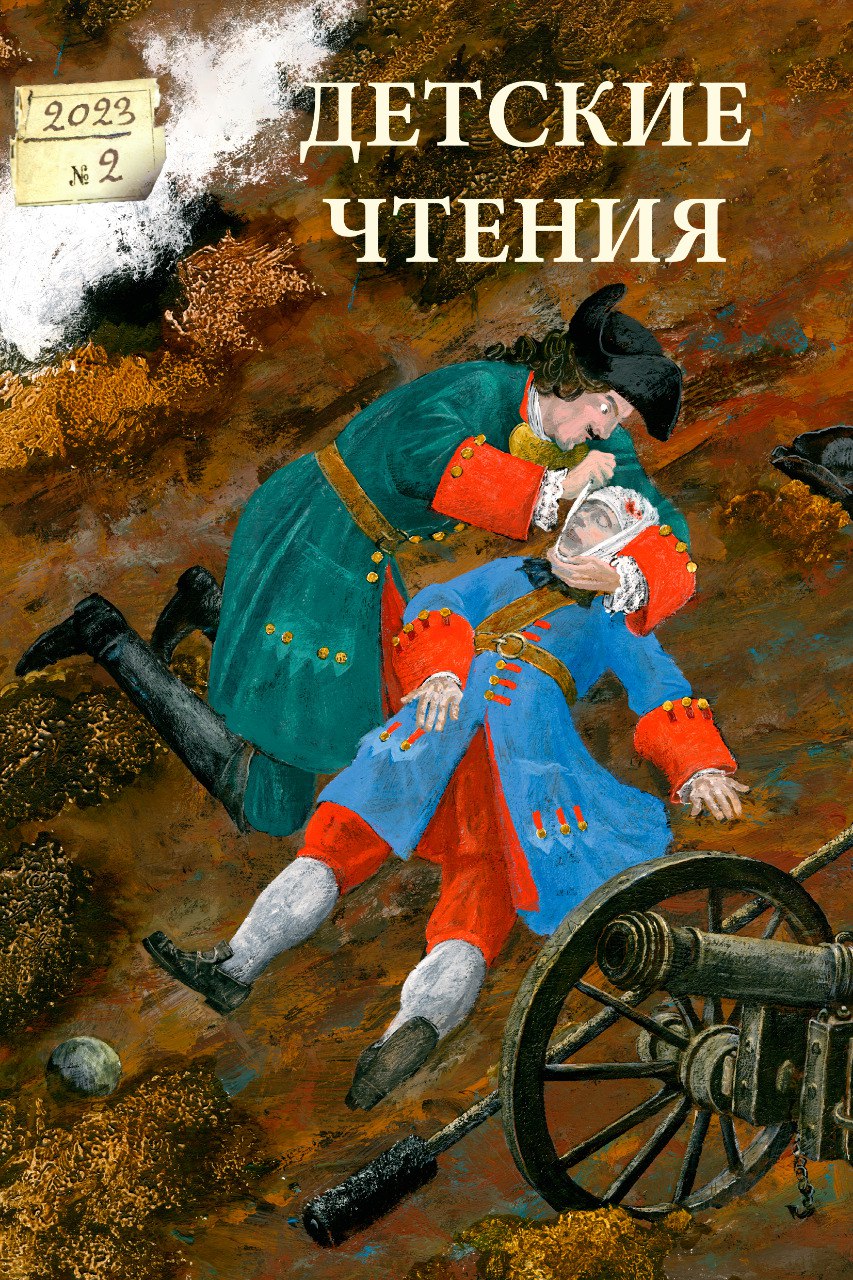RETURN TO THE FUTURE: HISTORICAL FICTION IN CHILDREN’S LITERATURE OF THE RUSSIAN EMIGRATION IN 1920–1939
DOI:
https://doi.org/10.31860/2304-5817-2023-2-24-254-266Abstract
The article analyses the representation of the historical past in Russian-language literature for children published in Europe from 1920 to 1939. Emigration from Russia after 1917 proclaimed the main task of its existence as preparation for return. By 1924, according to researchers’ estimates, about 18–20 thousand Russian-speaking children had left Russia, whose families planned to return in the near future. Prior to the potential realisation of this task, the emigrant community strove at all costs to prevent the cultural assimilation of the younger generation abroad. Maintaining and preserving Russian culture for the younger generation was suggested through language, literature, and education.
The idea of future return and images associated with the native culture are formed from the emigrants’ perceptions of the only reality understandable to them — the past of the abandoned Russia. On the material of historical fiction for children, published in emigration for the first time in 1920–1939, and reprints of pre-revolutionary texts, we analyse the changes in emigrants’ works of the object of historical knowledge: the shift of focus from historical events and biographies of historical personalities to the history of individual everyday life.
Keywords: historical fiction, children’s literature of emigration, criticism, memory, children’s reading







